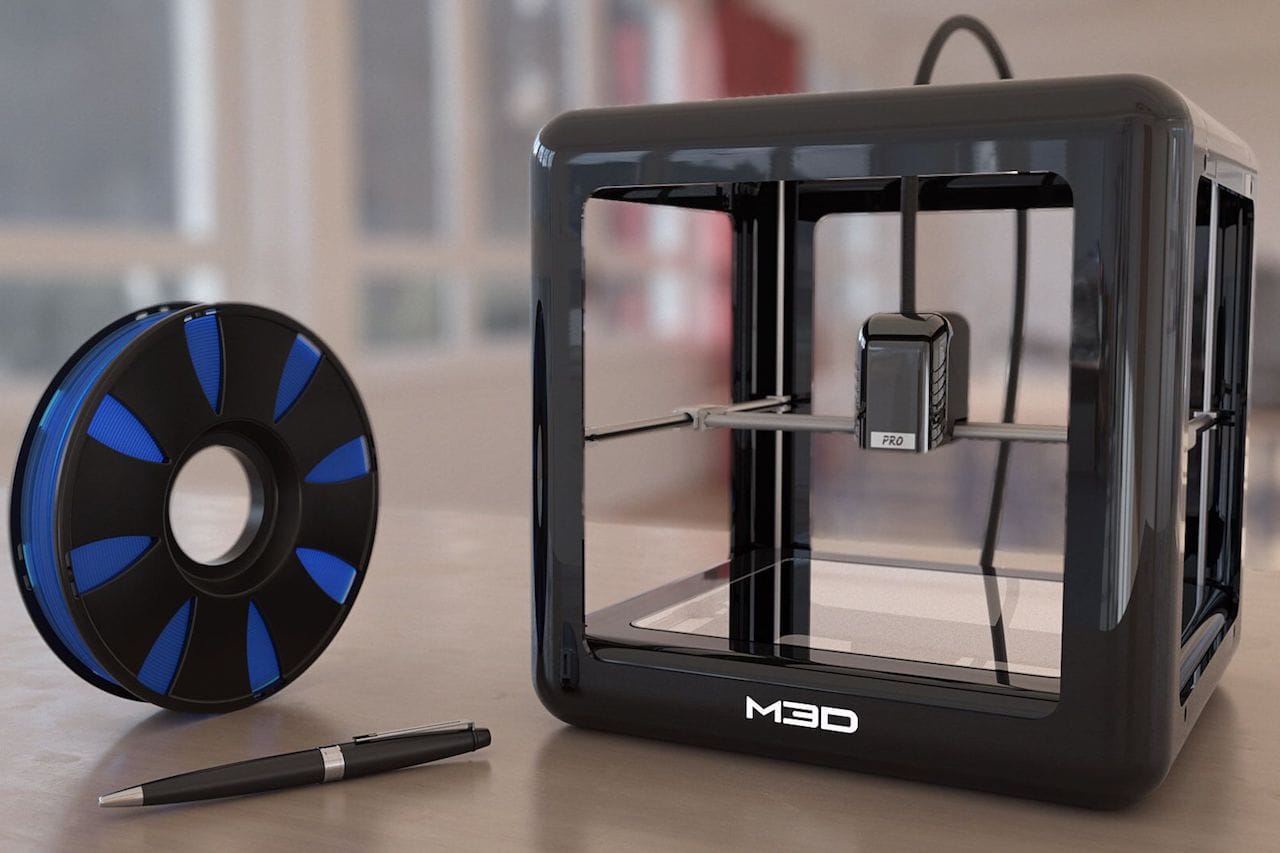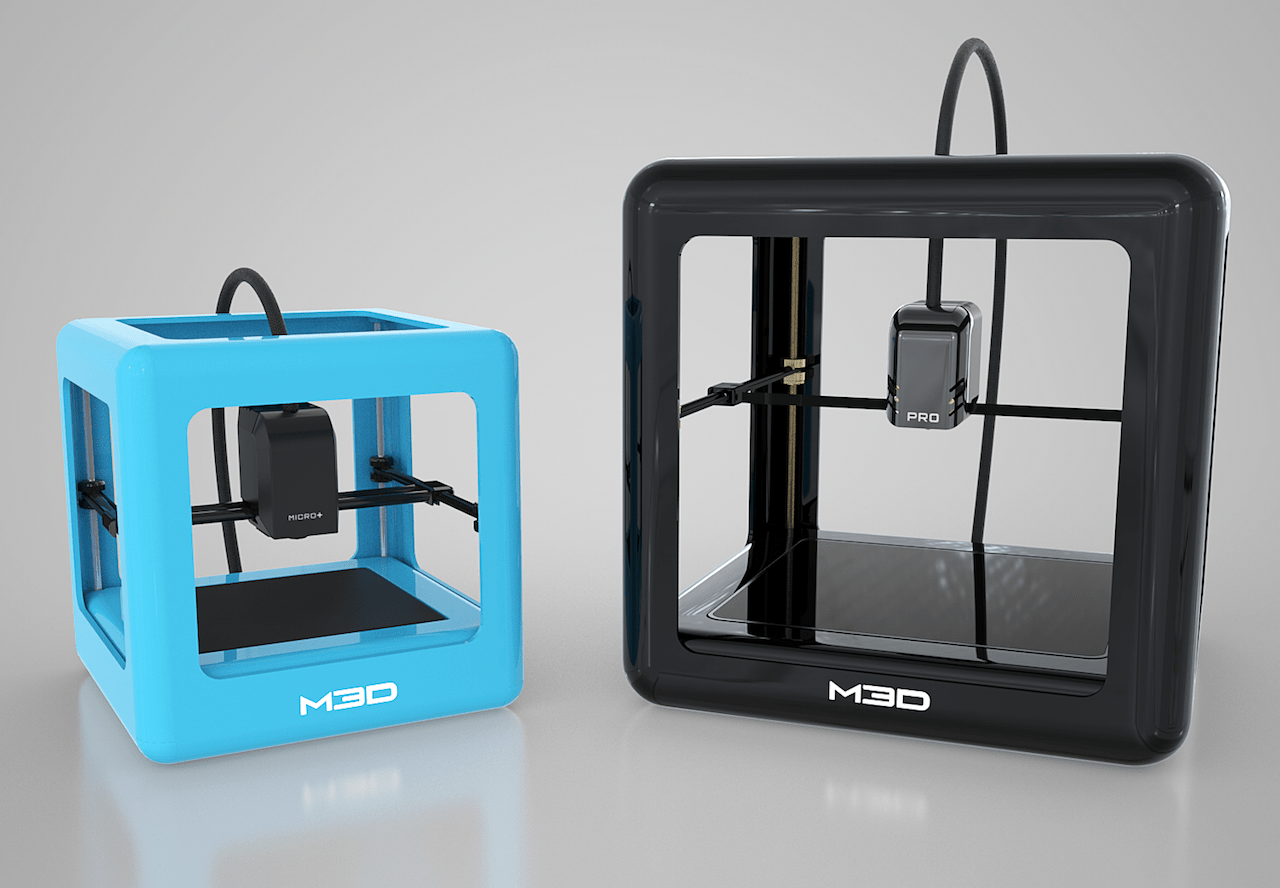
As revealed some months ago, desktop 3D printer manufacturer has officially released their new product line, which includes two 3D printers for desktop use.
The company first appeared in 2014 when they launched the M3D Micro, one of the most successful Kickstarter campaigns ever for a 3D printer, raising well over USD$3M. From there the company not only delivered all the units ordered – unlike some other recent crowdfunding campaigns – but they went on to build what is now one of the largest 3D printer manufacturing companies, at least when judged by the number of units sold.
Months ago they announced the M3D Pro, a machine far more advanced than their original machine. This unit, which we examined up close at CES, includes a number of features that make this machine much more capable than its entry-level sibling, such as a heated print surface, auto leveling and larger print volume at 178 x 178 x 190mm. It can also use any third party 3D printing filament, so long as it’s 1.75mm in diameter and can be printed at less than 270C.

But it’s most intriguing feature, one that I’ve yet to see on almost any other desktop unit, is a comprehensive network of 26 embedded sensors that are continually monitored to ensure superior operating performance.
In addition to the listed features, M3D intends on dynamically upgrading the printer over time through firmware updates. Here are some of the features planned for release in the future:
- Embedded recovery mode: recovers from sudden print failure, including power outages, pauses, filament shortage or jams
- Stand alone mode: printer software automatically starts printing and transferring print jobs to an internal memory chip, allowing the printer to continue printing without being tethered to a computer
- Linux Software
These advanced features don’t make the machine unaffordable, either; the M3D Pro is available at a very decent price, at USD$749 and is said to ship in only two weeks.
The company also offers its smaller Micro+ desktop 3D printer at only USD$299. It’s an evolutionary improvement over their original desktop unit, the M3D Micro, including much faster printing operations and upgradeable firmware.
M3D is an impressive company, as it is one of the few low cost desktop 3D printer manufacturers that have been successful. Far too many others have attempted to offer similar equipment and similar prices, but have been unable to match the management expertise that allows M3D and a few others to profitably offer low cost desktop 3D printing equipment.
Via M3D

